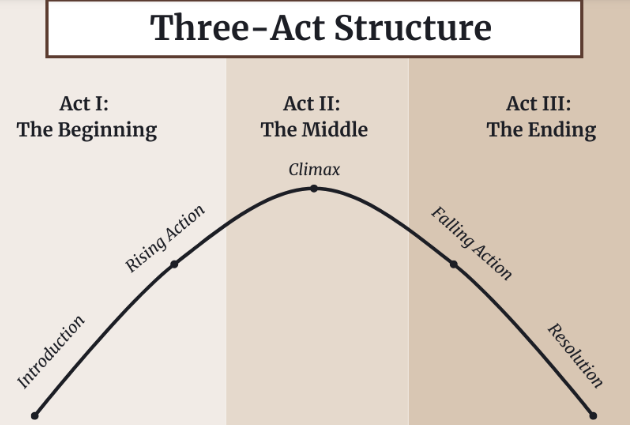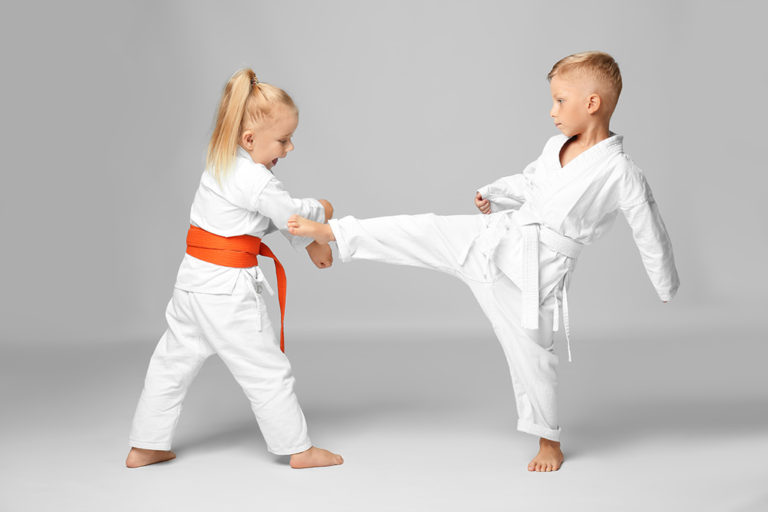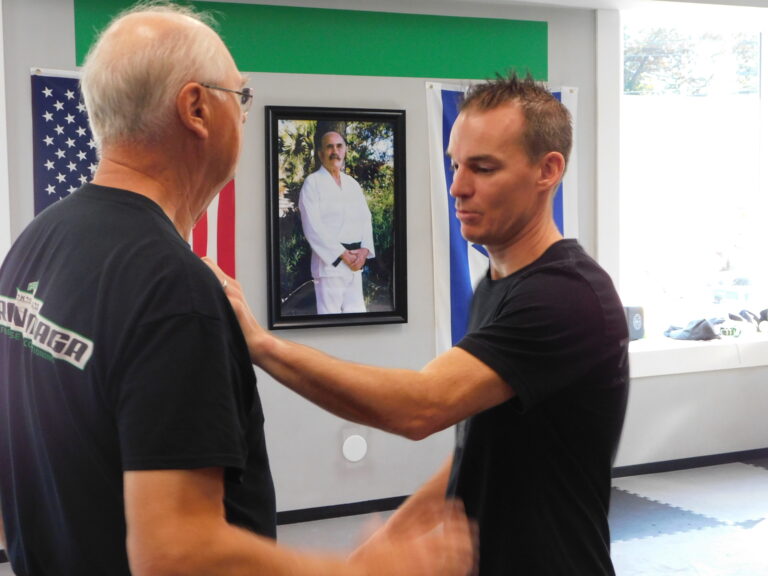In the realm of self-defense, precision and mindfulness are paramount. Just as an actor must meticulously break down their actions on stage to deliver a believable performance, so too must a practitioner of self-defense dissect each movement to ensure effectiveness and safety. This concept of breaking down actions into their fundamental components—beginning, middle, and end—can be the difference between a successful defense and a failed attempt.
Reflecting on my college days in an acting workshop in NYU, I recall a lesson that profoundly influenced my approach to teaching self-defense. Our professor, Dr. Nancy Swortsell, emphasized that acting was not merely about reciting lines; it was about embodying a character through authentic physical actions. She illustrated this with the simple act of pouring a cup of coffee. The process involves three distinct phases: lifting the pot (beginning), tilting it to pour (middle), and setting it back down (end). While this may seem obvious, actors often rush through these actions, resulting in performances that lack realism.
This lesson transcends the stage and finds a vital application in self-defense training. In high-pressure situations, the tendency to rush can lead to mistakes. By breaking down defensive techniques into their component parts, practitioners can focus on executing each phase with precision and control.
**The Beginning: Awareness and Preparation**
Every self-defense action starts with awareness. This is the moment you recognize a potential threat and prepare to respond. Just as an actor must be present and aware of their surroundings on stage, a person must be vigilant in real life. This phase involves assessing the situation, identifying potential escape routes, and mentally preparing for the next steps. It’s about setting the stage for what comes next.
In self-defense, the beginning is crucial. It’s the moment you decide to act, whether that means adopting a defensive stance, reaching for a personal safety device, or simply preparing to run. Without a clear beginning, all subsequent actions lack direction and purpose.
**The Middle: Execution and Control**
The middle phase is where the action unfolds. In our coffee-pouring analogy, this is the tilting of the pot and the steady stream of coffee filling the cup. In self-defense, this is the execution of the technique—whether it’s a strike, a block, or an evasive maneuver. This phase requires control, precision, and focus.
Rushing through this phase can lead to mistakes. A poorly executed strike may miss its target, a hasty block may fail to protect, and an unplanned escape may lead to a dead end. By focusing on the middle phase, defenders can ensure that their actions are deliberate and effective. This is where training and muscle memory come into play, allowing individuals to perform under pressure with confidence.
**The End: Resolution and Recovery**
Every action must have a conclusion. In the context of self-defense, the end phase involves resolving the situation and ensuring safety. This could mean successfully neutralizing a threat, escaping to a safe location, or de-escalating a confrontation. Just as an actor must convincingly end a scene, a person must effectively conclude their defensive action.
The end phase also includes recovery. After the immediate threat has passed, it’s important to assess any injuries, seek help if needed, and mentally process the event. This phase is about regaining composure and preparing for what comes next, whether that’s contacting authorities or simply taking a moment to breathe.
**Conclusion: The Art of Mindful Action**
In both acting and self-defense, the art of mindful action is essential. By breaking down each movement into its beginning, middle, and end, individuals can perform with greater clarity and effectiveness. This approach not only enhances the realism of a stage actor but also increases the likelihood of a successful defense.
Incorporating this mindset into self-defense training encourages defenders to slow down, focus on each phase, and execute techniques with precision. It’s a reminder that every action, no matter how simple, deserves attention and care. By understanding the nuances of each phase, individuals can better protect themselves and navigate challenging situations with confidence.
Ultimately, the lessons learned in an NYU acting workshop have become a cornerstone of my self-defense instruction. They serve as a powerful reminder that in both life and art, success lies in the details. By embracing the beginning, middle, and end of every action, we can move through the world with greater awareness and intention.
Dr. Swortsell would approve.




